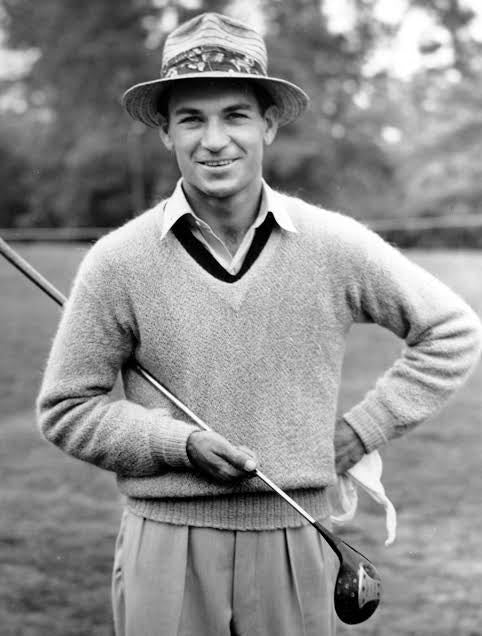
The Different Types of Golf Clubs and Their Uses
Share
Golf is a game of strategy, precision, and skill, and choosing the right club for each shot is a crucial part of success. With a variety of clubs in your bag, each designed for specific distances and conditions, understanding their proper use can greatly improve your performance.
1. Drivers and Woods - Maximizing Distance Off the Tee
Why it’s important:
Drivers and fairway woods are built for long-distance shots, helping you cover more ground and set yourself up for a strong second shot. Knowing when to use them can help you optimize your strategy from the tee box.
How to do it:
• Use the driver for maximum distance – Typically used on par 4s and par 5s, the driver has the largest clubhead and longest shaft, generating the most power.
• Fairway woods for versatility - Clubs like the 3-wood and 5-wood can be used off the tee for better control or from the fairway when you need extra distance.
• Adjust your stance and swing - A wider stance and a sweeping motion rather than a steep angle of attack help you hit woods more effectively.
Reference: How to Improve Your Driving Distance
2. Irons and Wedges - Precision and Shot-Shaping
Why it’s important:
Irons and wedges are designed for accuracy, whether you’re approaching the green or navigating hazards. Learning their proper use can help you lower your scores by landing the ball closer to the pin.
How to do it:
• Use long irons (3-5) for longer approach shots These clubs offer distance but require solid ball striking.
• Mid and short irons (6-9) for accuracy - Ideal for controlled shots, especially when aiming for the green.
• Master wedge play for short-game success- Pitching wedges, sand wedges, and lob wedges are key for bunker shots, chips, and finesse shots around the green.
Reference: How to Choose the Right Iron for Every Shot
3. Putters - Mastering the Art of Putting
Why it’s important:
The putter is arguably the most important club in your bag, as it’s used more than any other. Improving your putting technique can save strokes and make a huge difference in your overall score.
How to do it:
• Choose the right putter style - Blade putters offer more feel, while mallet putters provide better alignment and forgiveness.
• Develop a consistent stroke - Focus on a smooth, pendulum-like motion to improve accuracy.
• Read greens effectively - Understanding slope and speed will help you make more putts and avoid costly three-putts.
Reference: The Fundamentals of Great Putting
Conclusion
Each club in your bag has a specific purpose, and knowing when and how to use them can take your golf game to the next level. By mastering your driver and woods for distance, your irons and wedges for accuracy, and your putter for short-game success, you’ll become a more well-rounded golfer.


